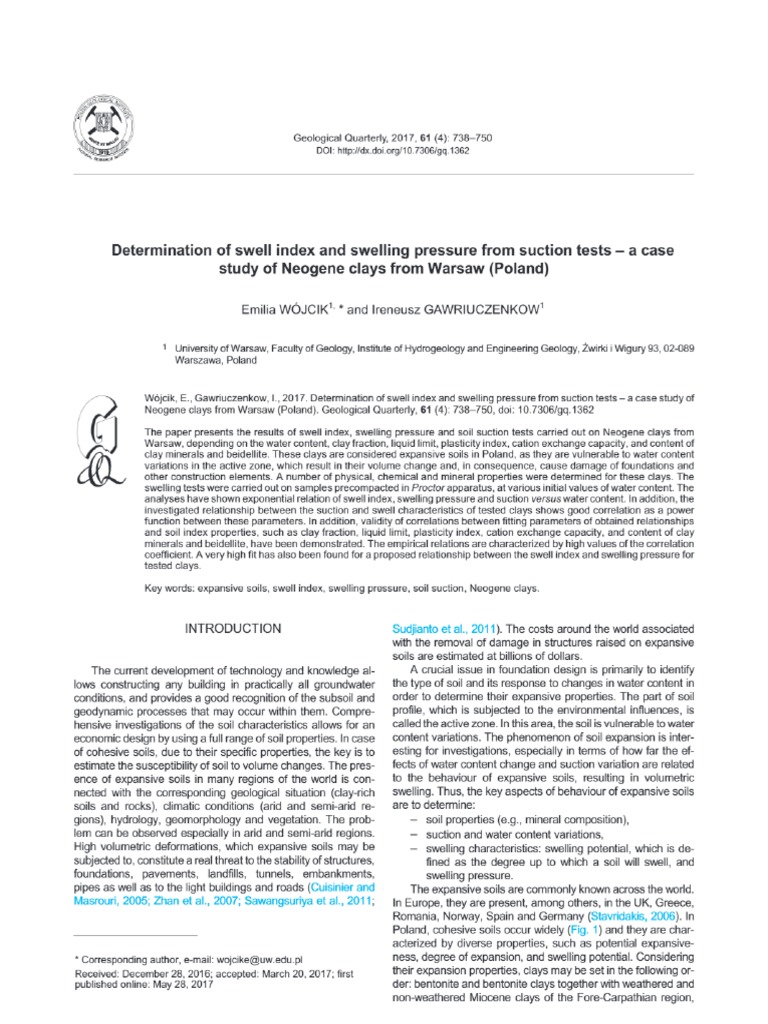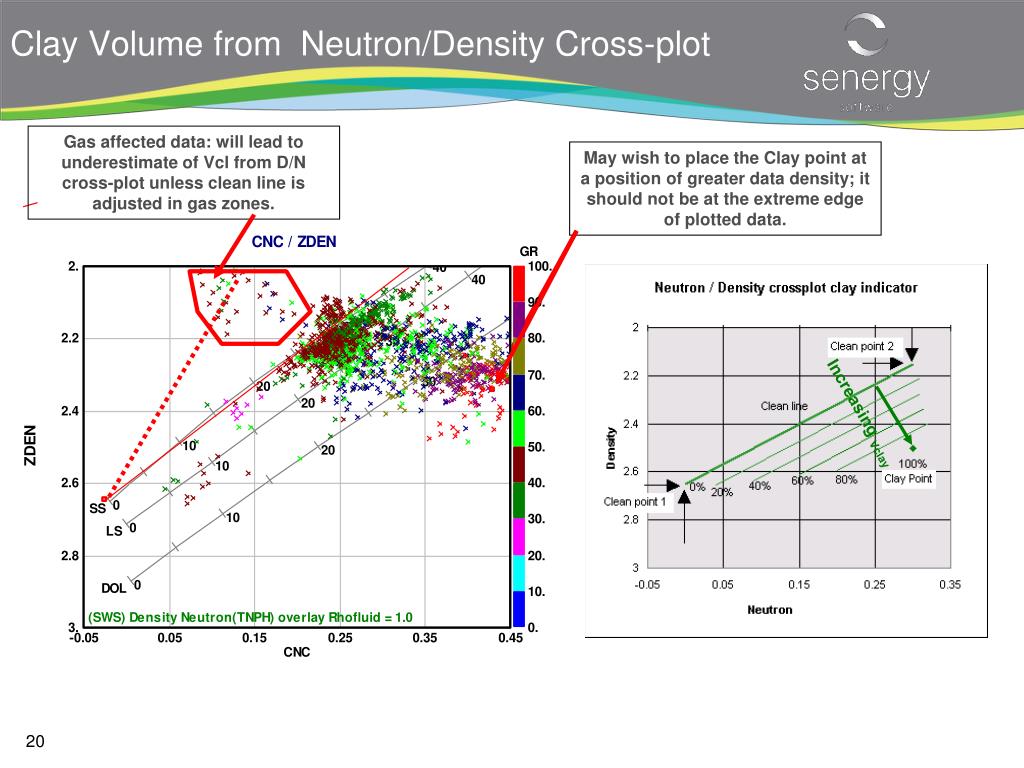Clay Clay Neutron: Unveiling the Science Behind It

Clay Clay Neutron, a term gaining traction in scientific circles, refers to a unique phenomenon where clay materials interact with neutrons in fascinating ways. This process has implications across various fields, from nuclear science to environmental studies. Understanding the science behind Clay Clay Neutron can unlock new possibilities in research and applications. Whether you're a scientist, student, or enthusiast, this blog will delve into the intricacies of this topic, offering both informative and commercially relevant insights. (Clay Clay Neutron, Neutron Interactions, Clay Materials)
What is Clay Clay Neutron?

Clay Clay Neutron refers to the interaction between clay minerals and neutrons, often studied in nuclear physics and material science. Clay, composed of fine-grained minerals, exhibits unique properties when exposed to neutron radiation. This interaction is crucial in understanding how materials behave in nuclear environments and has applications in waste management, geology, and more. (Neutron Interaction, Clay Minerals, Nuclear Science)
How Does Clay Interact with Neutrons?
When neutrons encounter clay, several processes occur, including absorption, scattering, and thermalization. Clay’s layered structure allows it to effectively moderate neutrons, reducing their energy. This property makes clay a potential candidate for shielding and filtration in nuclear applications. (Neutron Absorption, Clay Structure, Nuclear Shielding)
Applications of Clay Clay Neutron

The study of Clay Clay Neutron has led to innovative applications across industries. From environmental remediation to advanced materials, its potential is vast.
Environmental Remediation
Clay’s ability to absorb and retain neutrons makes it useful in cleaning up radioactive waste. By incorporating clay into filtration systems, hazardous materials can be contained and neutralized effectively. (Radioactive Waste, Environmental Science, Clay Filtration)
Nuclear Shielding
Clay-based materials are being explored as alternatives to traditional shielding materials. Their lightweight nature and effectiveness in neutron moderation make them ideal for use in nuclear facilities and medical applications. (Nuclear Shielding, Clay Materials, Medical Applications)
Key Benefits of Clay Clay Neutron Research

- Cost-Effective Solutions: Clay is abundant and affordable, making it a viable option for large-scale applications.
- Sustainable Materials: Clay is environmentally friendly, reducing the ecological footprint of nuclear processes.
- Versatile Applications: From science to industry, Clay Clay Neutron research opens doors to diverse uses.
(Cost-Effective, Sustainable Materials, Versatile Applications)
💡 Note: While clay shows promise in neutron interactions, further research is needed to optimize its use in industrial settings.
Checklist for Exploring Clay Clay Neutron
- Research the properties of clay minerals relevant to neutron interactions.
- Explore potential applications in your field of interest.
- Collaborate with experts in nuclear science and material engineering.
- Stay updated on the latest advancements in Clay Clay Neutron research.
(Research Tips, Collaboration, Latest Advancements)
Clay Clay Neutron represents a fascinating intersection of material science and nuclear physics. Its applications in environmental remediation, nuclear shielding, and beyond highlight its significance. By understanding and leveraging clay’s unique properties, we can develop innovative solutions to complex challenges. Whether for academic research or commercial use, exploring Clay Clay Neutron opens up a world of possibilities. (Material Science, Nuclear Physics, Innovative Solutions)
What is Clay Clay Neutron?
+
Clay Clay Neutron refers to the interaction between clay minerals and neutrons, studied in nuclear science and material research.
How is clay used in nuclear shielding?
+
Clay’s ability to moderate and absorb neutrons makes it an effective material for shielding in nuclear applications.
What are the environmental benefits of clay in neutron interactions?
+
Clay is sustainable and cost-effective, making it an eco-friendly option for radioactive waste management and remediation.


